Final Thoughts
Contents
Within the limits of headphone design, I think the Meze Empyrean focused on what’s important: musicality. They weighed the other factors without compromising the art. Obviously, Meze has some good ears on their team and did a ton of listening tests. I could tell a lot of heart and soul went into this headphone.
The Meze Empyrean doesn’t tick all the boxes, but they ticked the most important ones. It sacrifices some technicalities for something more satisfying. It’s romantic, resolving (enough), and holistically lifelike. There’s also a perceptible material to the music. Since the technology behind these headphones does most of the heavy lifting, I believe future earpads and aftermarket headphone cables could elevate these headphones even higher.

Outside of sound quality, they’ve also nailed comfort and design. I could wear these headphones as long as I want to – without any irritation or discomfort. Lastly, I think the CNC milled aluminum copper grill is enough reason to give it the crown for the most exquisite looking headphone in the market today.
It would be silly of me not to keep the Meze Empyrean around as a reference headphone. Simply because it gives me a better idea of how a recording should sound. The Meze Empyrean doesn’t over thicken, overhype, or overemphasize anything – while preserving proper tonality. I didn’t have much to complain about during my casual listening at the shows – and I don’t have much to complain about now. This is simply a headphone you could just enjoy listening to across all genres of music.
Price: $2,999


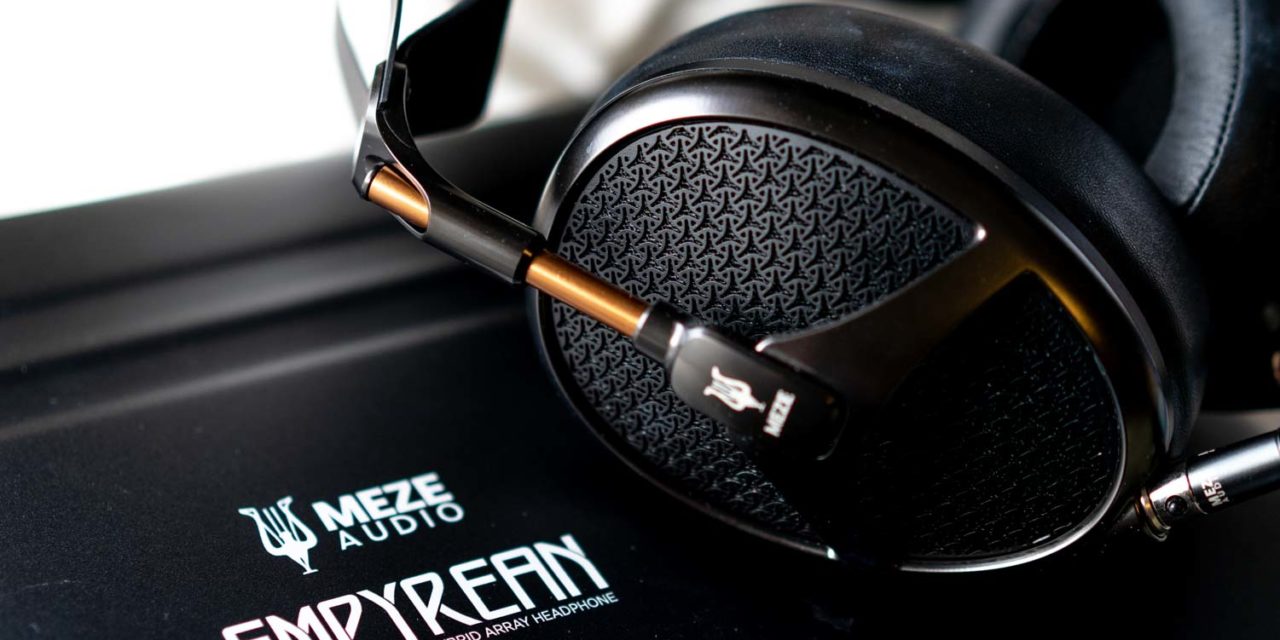


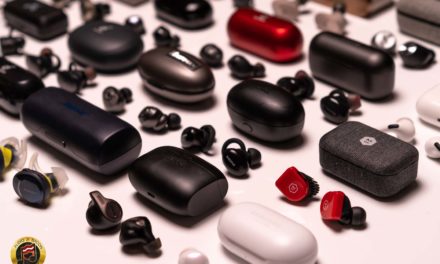
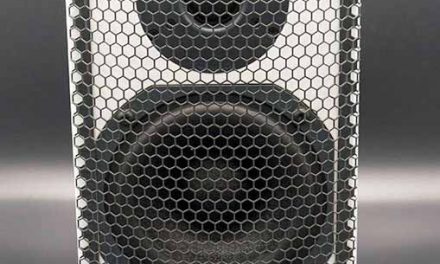
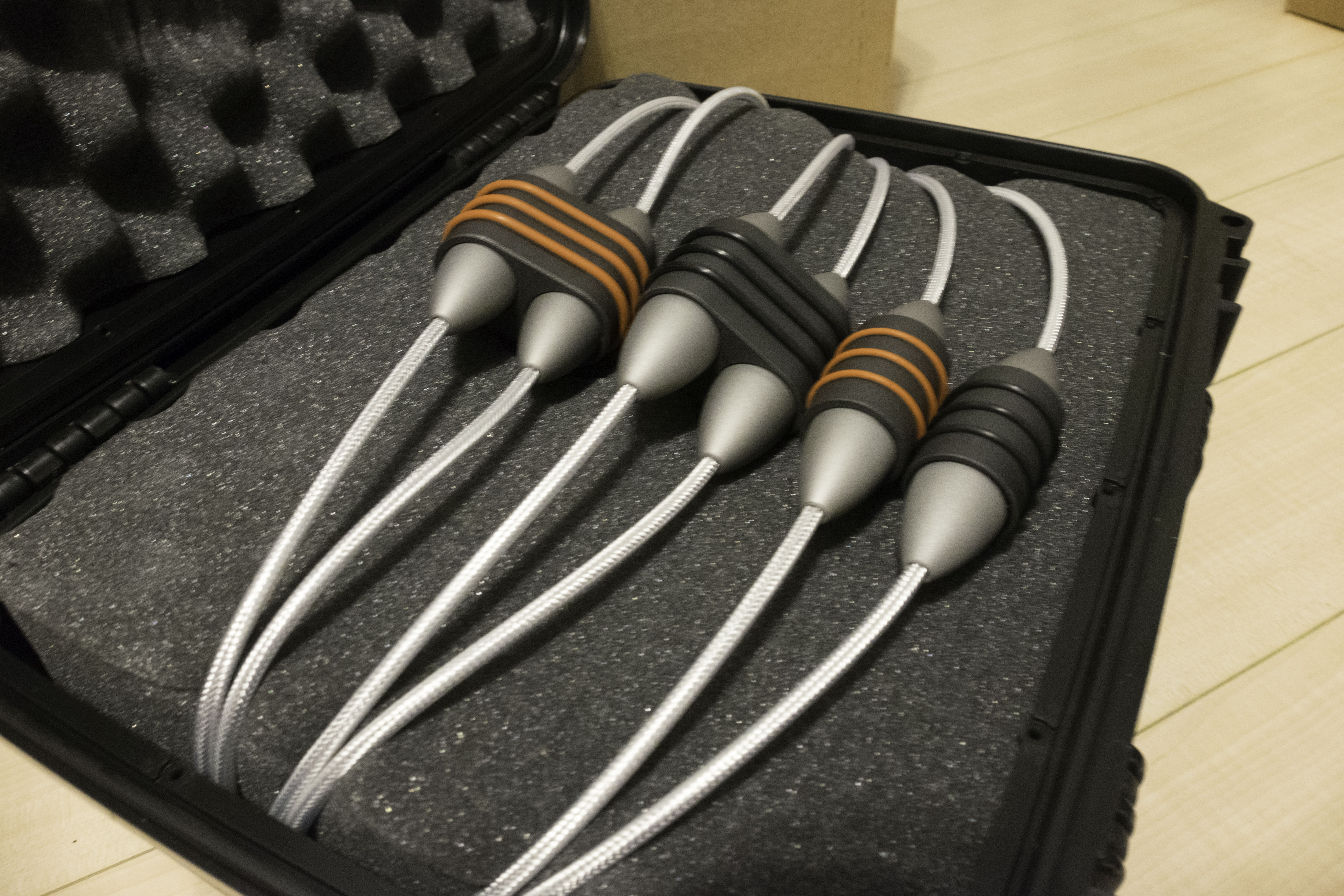
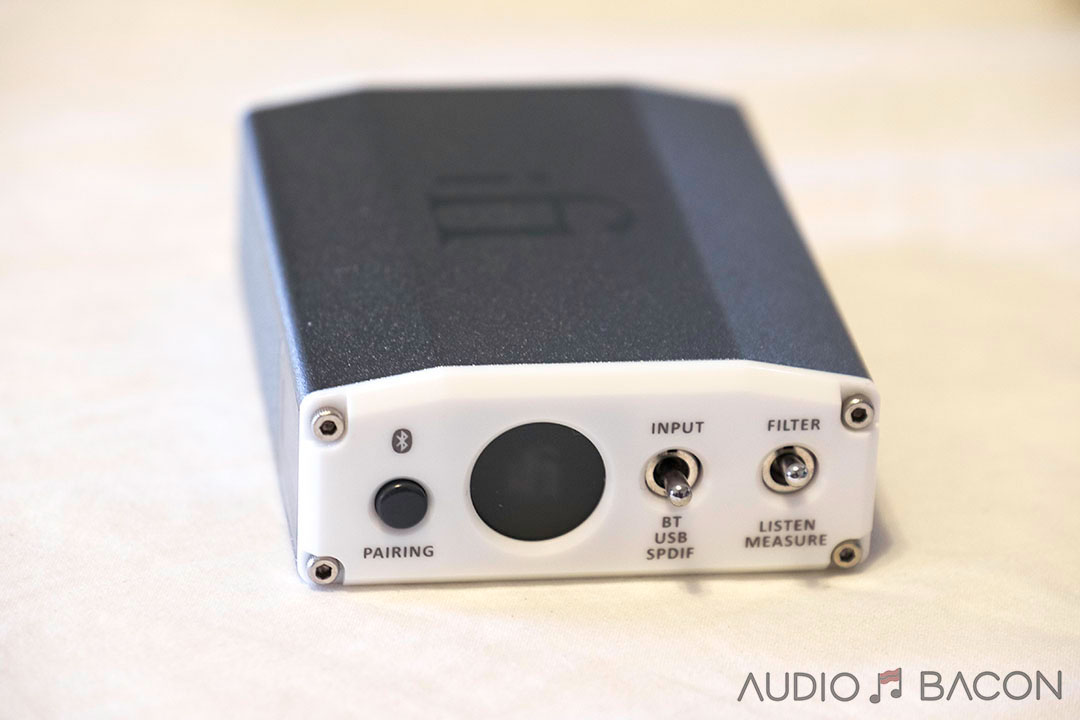

Jay… you really nailed this review. After a long research and evaluation process, I choose the Empyrean as my (hopefully) end-game, long-term reference headphone. As such, I’ve become very familiar with them, using both a Chord Hugo2 and then subsequently the magnificently-musical Mola Mola Tambaqui. The front-end to the Tambaqui is what if feel is a reference quality DIY front end server, with a high-quality Sean Jacobs DC3 (19v and 12) power supply, i7 based Intel NUC in a fanless case and a Intel Optane 16gb drive for the OS, Uptone EtherRegen, Linear Systems Ethernet cable and Danacable Truestream USB cable. Yeah, everything matters! The server’s OS is the incredibly good Euphony OS. File storage is using an external Synology NAS, using Roon/Tidal under the Euphony OS. The headphone cable has been upgraded to a Norne Silvergarde 3. So yeah, I’m in pretty deep and loving it.
As Jay’s article unfolded, it literally retraced my steps and experiences with the Empyrean. It’s so very challenging to write about the Empyreans, because they are not so much about high-end audiophile stuff, as they are about delivering the emotion of music and the musical talent of the artist. They are so good at doing the later. I think of them as being chameleon-like in their ability to deliver enough detail to be fully satisfying, but never crossing the line into brightness. The same is true of the bass region, bass definition is there in spades, without being overbearing or bloated. The highs sparkle just right, the bass forms a highly-detailed foundation, but never overdone and never imposes itself into the low-mids. The midrange is simply world-class imho. All of this is consistently delivered, despite the wide range of mastering quality. Anything close to being well recorded and well mastered, is served well and is delivered. This is not a headphone that needs perfect source material, or it will try to kill you on a bad recording. Real music is never harsh. The Empyreans somehow deliver satisfying, compelling music on all but the worst recordings.
The highest compliment of all, is that my listening sessions often go on for 3-4 hours, and even then, I’m very, very unhappy when they have to finally come to an end. That never used to happen. It’s testimony to the musical abilities of the headphone and the rest of the system, coupled with the headphone’s physical comfort that Jay mentioned. Those very long listening sessions are how you know your audiophile journey has matured into something very special. The Empyreans deliver just that, consistently.
The truth be told, I’m a recovering audiophile detail freak. In retrospect, I’m a bit embarrassed about how many times I’ve mistaken brightness/forwardness for detail. It’s an expensive and ultimately unfulfilling mistake. Don’t do it! My previous headphone was the Senn HD800. It took a little while for my brain to make the transition from detail, to the musicality of the Empyrean. But it is just as Jay wrote. The Empyreans check all the important boxes, forgoing all the audiophile traits that force compromise to musicality. You can read in Jay’s descriptions, what a difficult and challenging balance it is to make a headphone like this. Bravo to Meze. Bravo to Jay for being able to put it into words so well. Well done!
Thank you for the kind words, Dave. I have heard the Mola Mola Tambaqui but it seems like an interesting design. You’ve obviously spent considerable time perfecting your source. I’m in the middle of testing out different components on a build. I’m actually surprised the CPU and memory makes such a huge difference. I actually have Euphony OS installed on one of my music servers but haven’t had time to test it. Have you tried any other headphones cables other than the Norne Silvergarde 3?
I completely agree. I’ve tried to enjoy the HD800s a few times…and finally ended up selling them with no regrets. Cheers to finding a headphone we both love. The tonal variations and gradation you get from the Empyrean are so addictive.
Hi Jay and Dave – Let me carry forward my appreciation of your review, and of the Empyrean itself. Dave – I could have written a number of the points you’ve made -and I may have written nearly the same sentences.
I happily had the opportunity to upgrade to a TOTL headphone system. I’ve had good stuff, including the Grado top-end phones of which I am still very fond; the GS3000e still get lots of use. They are certainly musical and very revealing; I do not put them in the mistaking-forward/bright-for detail category. However, I wanted to buy a top-shelf unit which would be complementary to my accustomed Grado sound, and in doing so, I tried the Utopia, The LCD4, and the Abyss; I had higher-end Schiit electronics, which had been musical and satisfying….but I could imagine a sonic character I’d not yet experienced.
While I still have my eye on the Holo May KTE DAC, I’ve been in possession of the Bryston BDA3.14 DAC and BHA-1 amp. I was blown away decades ago by a Bryston-driven Big system, and I liked their logo (clearly I have stringent criteria!). I figured a manufacturer I thought was cool when I was a budding audiophile and musician, whose products are often dismissed as “clinical”, who doesn’t have any niche appeal, pure function and clean engineering, and who made a traditional delta-sigma DAC, would be sufficiently different from the Schiit culture and their bad-measuring, good-sounding Multibit tech. I swallowed hard and ordered a Woo WA5-LE, having never before listened to a SET 300B -technology amp for headphones – only in a magnificent, megabuck horn system.
Well, the Empyreans at first upset me greatly. Before the Bryston and Woo stuff arrived, the Empyreans sounded DARK and DULL, as though something are wrong with them; I wondered if my high frequency hearing was gone. A dealer warned me that the Empyrean weren’t good for “critical listening”; but what, then , was the appeal of a 3K headphone? To be mushy and affectionate?
Something happened over the first few days. I learned that my reaction was very much a cognitive bias and a matter of being used to the way sound LEAPT off the Grado driver, a dynamic driver by definition and by adjective. Little by little, I started hearing that the particular design of the Empyrean, by intent, and perhaps as a feature of its planar-magnetic tech, presented music very differently. The Empyrean soon began to present me with a paradox – NO sense of edge, of speed, of slam. In fact, what I began to hear was simply: Music. Relaxing into the experience, I began to realize that these headphones simply disappeared. Recording I knew well and used as references (Ralph Towner, Blue Sun; Joni Mitchell, Cotton Avenue; Ralph Vaughn Williams Tallis Fantasia by Trondheim Solisteine ) were just as musical and well-delineated as before. However, whereas the Grado Brough the music right up to my window and said HERE WE ARE, LISTEN TO US, everything through the Empyreans sounded like a gentle invitation into the recording session. Devoid of etch and aggression – but presenting every last detail in the manner in which it must have happened.
Then the Bryston and Woo arrived. The Empyreans are clean windows on the musics with good lighting. They reveal what is there, in honest proportions, every detail, but as it would sound in a live musical event – adding nothings subtracting nothing; no hyper-real illumination, no accentuation. If there is good, dee bass, I will feel it in my chest, in my eyelids, emotionally, and with exactly the pitch of the tone, not just the rumble and boom; I can tell you if the bassist is Ray Drummond or Dave Holland, Steve Swallow or Eberhard Weber; I can tell you if the ride and snare are Phil Collins or Bil Bruford, or Roy Haynes or Jack DeJohnette. One note…..the timbre and dynamic envelope are true. I have lost a lot of sleep, because, like Dave, I won’t want to put my toys away and go to sleep; one more song, one more movement.
Turns out the Bryston amps, BTW, is extended, groovy, deeply detailed, and smooth, with no hard edges. The Woo single ended triode? Generous. Holographic to the extreme; the movement and interplay of voices deep inside an orchestra are completely transparent; but again, never spotlit. The Bryston DAC, far from clinical, has much greater extension in the highs, and much better pitch in the bass, with sweet and detailed minds, compared to the Schiit Gungnir MB. Every bit as “natural”, but lots more music, more information. At 3.5 x the price, can be expected.
But, “clinical” Bryston, my a@*. The music has soul, and the equipment conveys it to the point at which I am finding it hard to do anything except listen more. And, the Empyreans are the messengers. They lack nothing, and they give everything. The Utopias, I could live with happily. But I consider them to be show-offs compared to the Empyreans, which simply, generously, and modestly, deliver music as it is and should be. THIS is high end audio as it should be.
Have to agree with the review. I tend to get fatigue with bad sound and used to hate headphones, coming from a Senn 600. I bought the Empy on a dealer recommendation and hooked it up to my Benchmark HPA4 and Benchmark DAC3B (along with other sources). Even with this very revealing combo I found that I was missing some details with the leather pads. I did some research and found that a lot of people were upgrading the stock headphone cable to something made of silver material. I was about to go that route before I came across some very complimentary feedback on the copper WyWire Platinum headphone XLR cable. I went ahead and bought the Platinum.
With this cable and my Benchmark HPA4 and DAC3B I have a very detailed but also smooth sound. A nice mix of both. I listen for hours very late at night with 0 fatigue, just brilliant sound.
I’ve heard this Benchmark pairing at the shows and it was amazing. Very dynamic. I’m glad you’re able to find a headphone cable to improve resolution (without having to go silver 🙂 ). I’ll have to test out a few cables in the next few months. Please let me know if there are any others I should put on the shortlist.
Hi Jay and All… Yep, I’ve worked pretty hard at getting the front-end leading up to the DAC in order and optimized. It’s totally amazing to me how responsive it is to small details. As you have noted many times, the importance of the power supply cannot be underestimated and that goes on to include the dedicated power runs, the power cords and even the fuses. The RAM made an easily noticed difference, as did going to the fanless case. It’s hard to believe until you live it. Once you hear it, then there’s no goin’ back.
As for the headphone cable on the Emperian, I only have the stock 1/4″ Meze cable and the Norne Silverguarde 3 as my first-person data points. So that’ pretty limiting. That said, I really like the Norne. I got it becasue I decided that I really needed just a touch more detail in the Emperyian, so I decided to go with silver conductors. Very satisfied, and haven’t felt the need to explore that rabbit-hole any further.
So then… how you next mega-cable comparison coming? I hope it’s either interconnects or speaker cables! You’re decipline, discernment and ability to write it all down for us, is truely exemplary. Thanks!